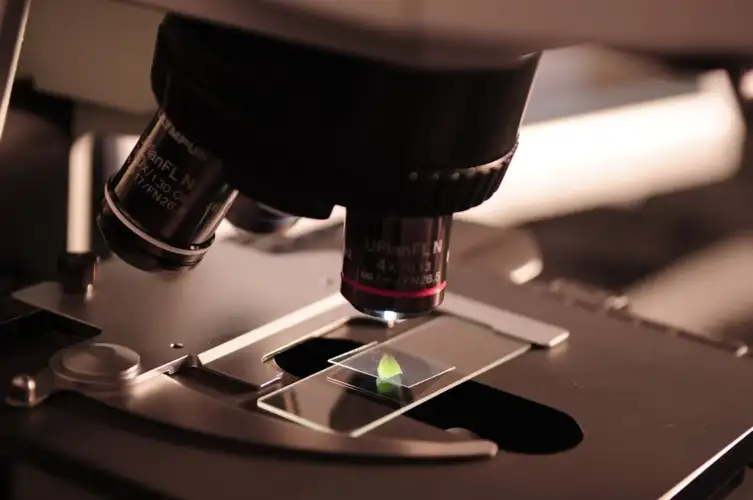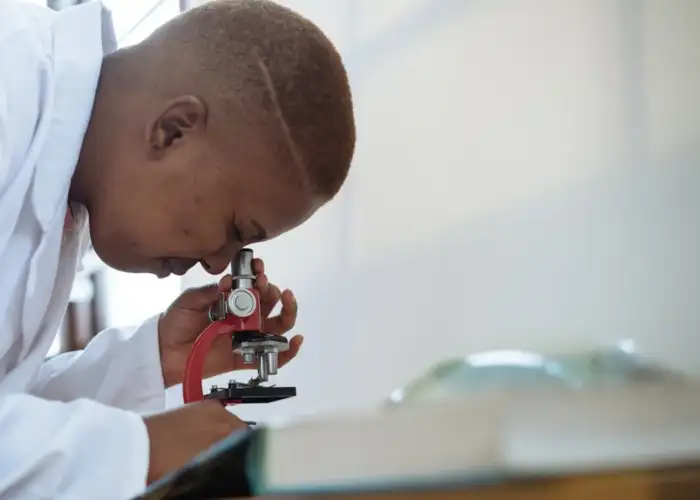Cutting down on expenses in labs is key to making the most of the budget and supporting long-term practices. Labs often deal with high costs from pricey equipment and ongoing expenses. Smart spending and using cost-effective methods are vital for keeping a lab running smoothly and within budget.
In this blog post, we’ll explore the top six tips for reducing costs in lab operations and equipment.

Invest in Time-Effective Technology
One effective strategy for cutting down costs involves investing in technology that saves time. The implementation of time-efficient technology not only expedites processes but also slashes labor costs and enhances overall productivity. An excellent example of such technology is the cell sorter, which stands out due to its rapid processing time.
A typical cell sorter can complete sorting tasks in less than 10 minutes from setup to completion. This rapid functionality means less time spent per experiment and more results in a shorter period, dramatically reducing the cost per analysis and allowing lab personnel to focus on other tasks.
Regular Equipment Maintenance
Keeping laboratory equipment in good shape helps it last longer and avoids expensive repairs or replacements. Regular checks make sure the equipment runs smoothly and reduce the chances of unexpected problems. Labs should follow the manufacturer’s maintenance schedule and keep a record of all maintenance work to monitor how the equipment is performing and its repair history.
By staying on top of equipment care, labs can prevent surprise costs from equipment breakdowns. Additionally, training lab personnel to perform routine maintenance can further reduce service costs and empower staff with better technical oversight of their tools. Incorporating predictive maintenance strategies using IoT sensors can also help in anticipating failures before they occur, thereby saving on urgent repair costs.
Opt for Refurbished Equipment
Buying refurbished lab gear is a cost-effective strategy. These items are often available for much less than new equipment, appealing to labs looking to stretch their budgets. It’s important to only purchase refurbished items from certified suppliers who can assure the quality and dependability of their offerings.
This method cuts costs and promotes sustainability by prolonging the lifespan of existing gear. Additionally, labs should verify that refurbished equipment includes a service warranty, adding a layer of protection against possible faults. Establishing relationships with suppliers who provide continuous support and updates for refurbished items can also enhance their long-term performance and dependability.
Train Staff on Multiple Roles
Teaching staff to manage different duties in the laboratory boosts how well the lab runs and cuts the need to hire extra, specialized workers. Cross-training gives employees a wider set of skills, which helps in running the lab smoothly, without relying too much on certain people.
Using this method reduces staff costs and also enhances how the team works together, raising the overall skill levels in the lab. This results in enhanced problem-solving abilities and increased innovation. Holding regular workshops and training sessions keeps these skills sharp and ensures everyone is up-to-date with the latest methods and technology. This comprehensive growth strategy not only increases the lab’s ability to adapt but also improves the mood and job satisfaction of the team.
Utilize Automation Software
Automation software is essential for updating lab operations. With labs handling and analyzing an average of 27 million tests daily, it’s vital to manage this huge data volume effectively. Automation helps cut down the time and effort needed for usual tasks like entering data, analyzing it, and creating reports, allowing labs to operate more efficiently.
This automation not only helps handle the immense daily data throughput but also reduces the margin for error, enhances data accuracy, and frees scientists to focus more on critical thinking and complex tasks. Incorporating automation software into lab processes ensures a high level of efficiency and consistency, which in turn, leads to substantial cost savings over time.
Join Purchasing Groups
A practical way to save money is by creating or joining purchasing groups. When laboratories combine their buying power, they can negotiate lower prices for bulk orders. These collective buying arrangements help labs secure better terms from suppliers, cutting down on the expenses for consumables and equipment.
Being part of these groups also means more chances to connect with peers and exchange useful tips, which can boost the efficiency of operations across various laboratories. Membership in a larger purchasing network can further provide access to high-quality products that might be too expensive otherwise, making it possible for smaller labs to utilize advanced technology. Additionally, these groups often facilitate collaborative research efforts, providing new opportunities for innovation and sharing resources.

Final Thoughts
Implementing cost-cutting strategies in laboratory operations is essential for financial sustainability and operational efficiency. By investing in time-effective technology, maintaining equipment regularly, opting for refurbished items, cross-training staff, utilizing automation, and joining purchasing groups, labs can significantly reduce their operational costs.
These strategies not only ensure financial health but also foster a more dynamic, efficient, and innovative laboratory environment. Labs should adopt these practices gradually, assess their impact regularly, and adjust their approaches based on their specific operational needs and outcomes.
For more information, visit Apzo Media




